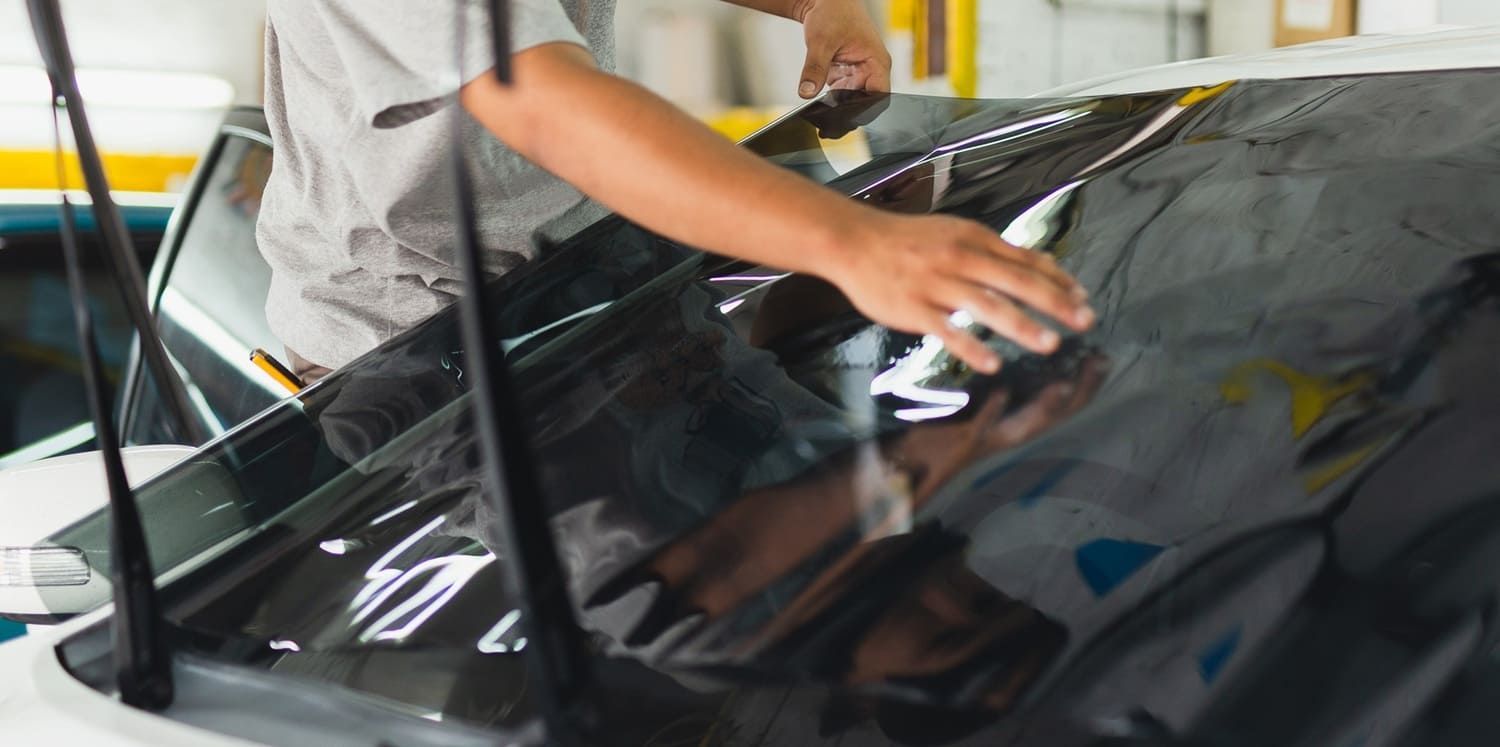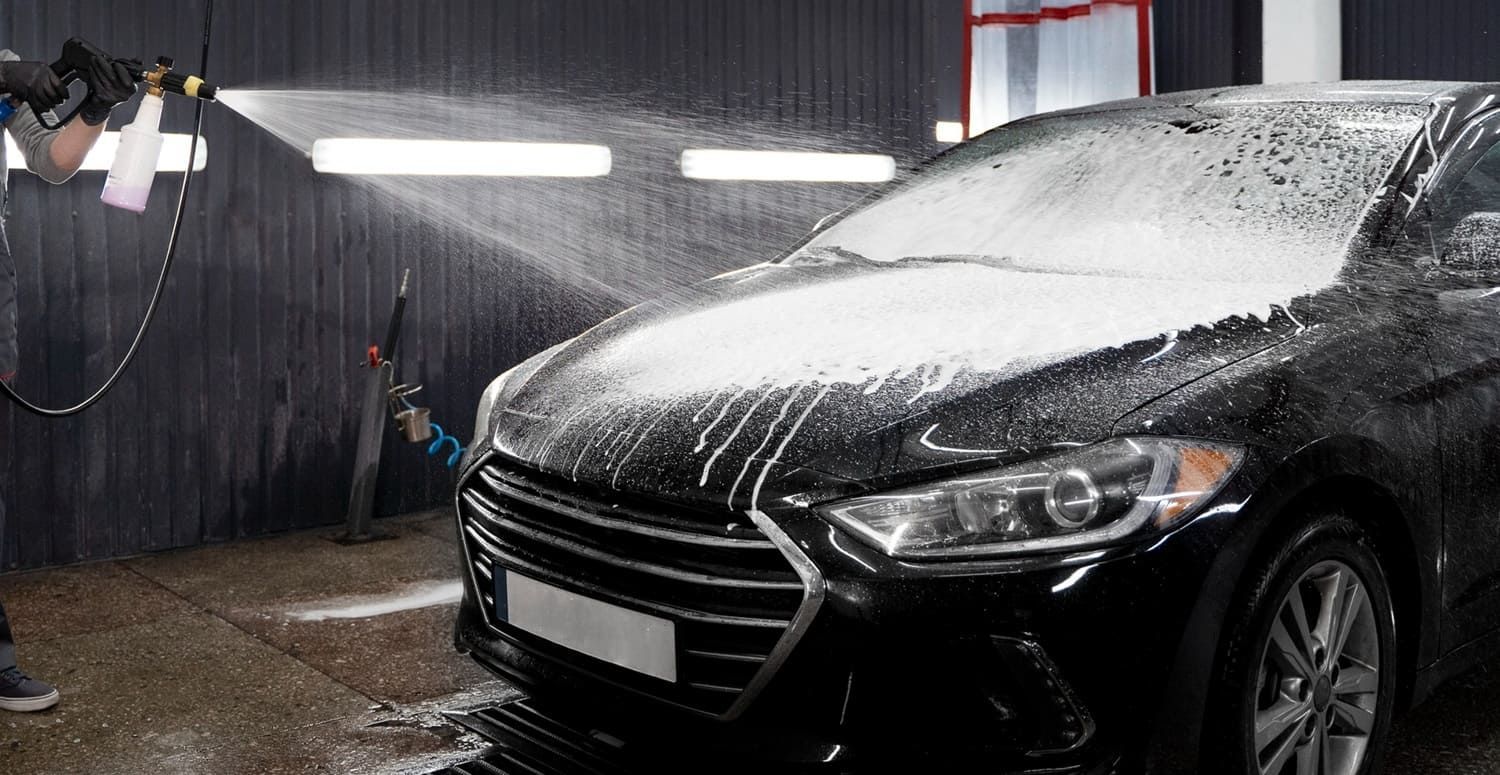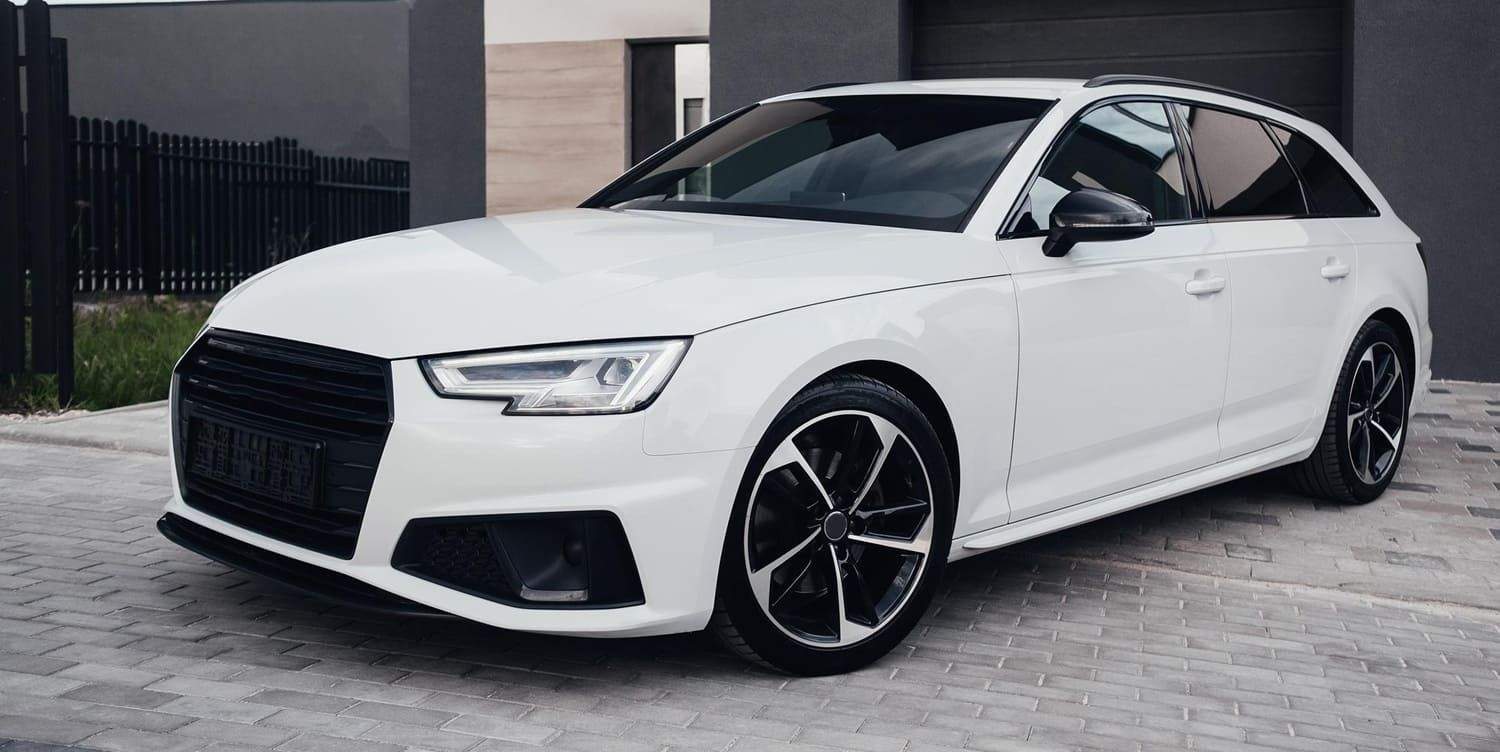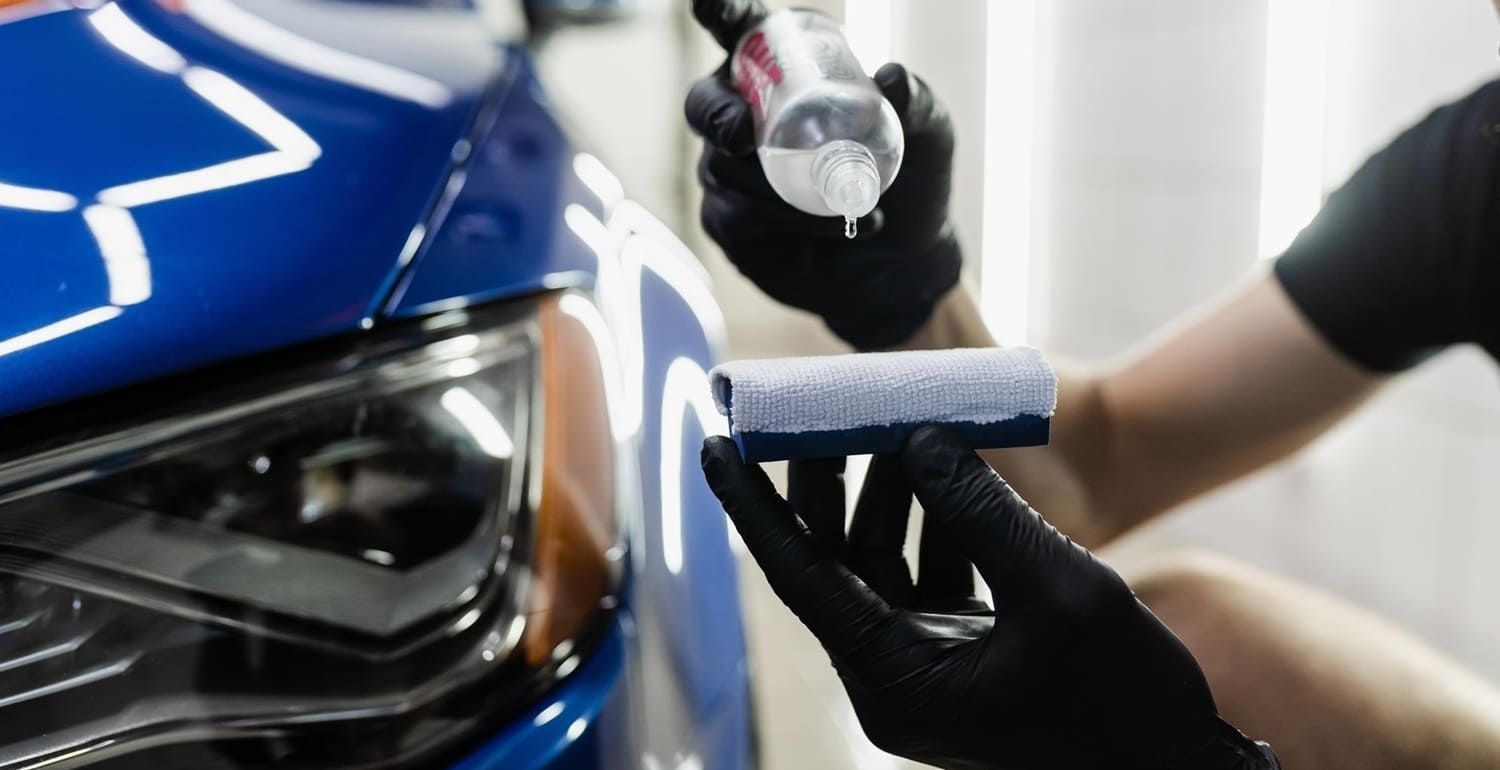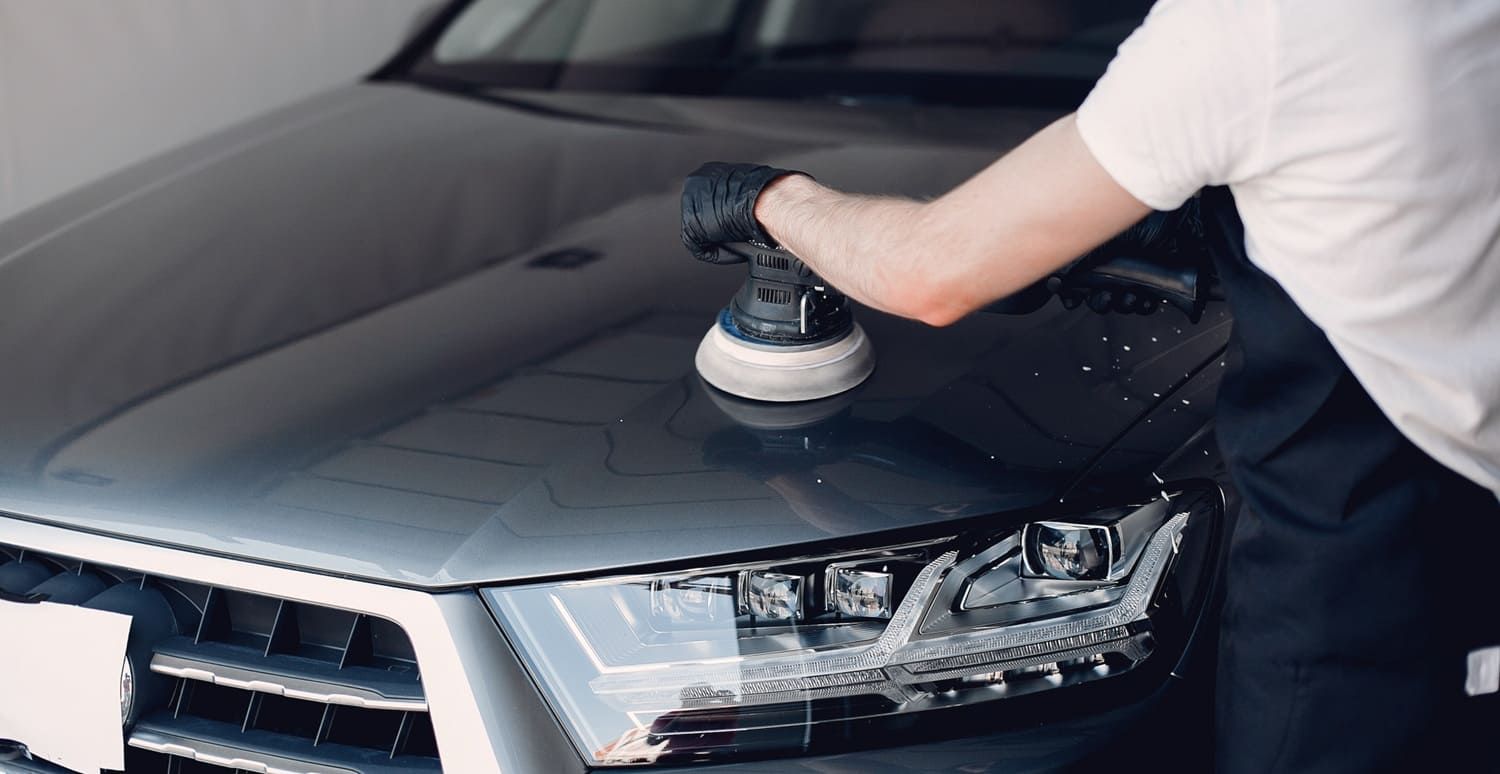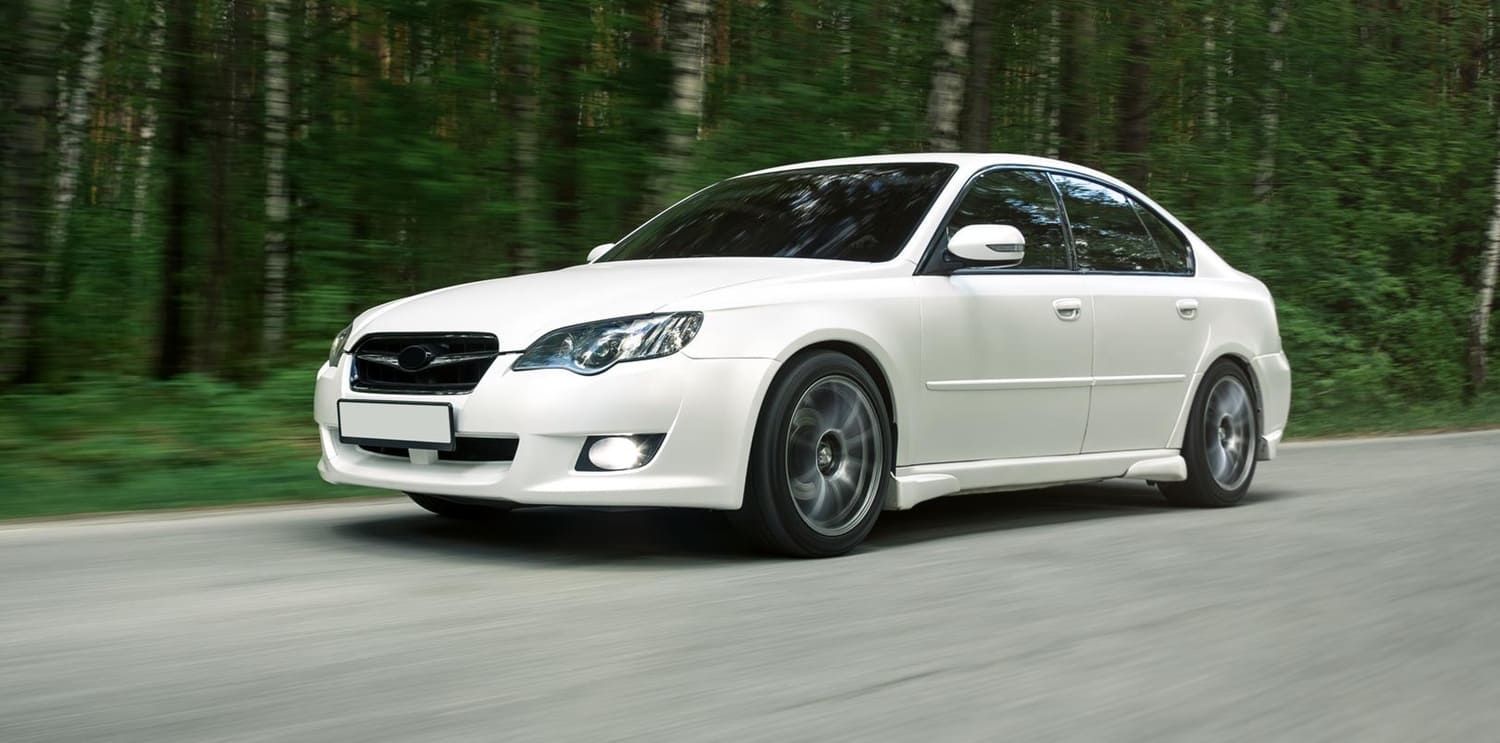Auto Window Tinting in Columbia TN: A Quick Guide to Tennessee Window Tint Laws
Auto window tinting in Columbia, TN is a wonderful way to improve efficiency and increase safety. Learn about Tennessee window tint laws here.

Car window tint has many different benefits. These include convenience, style, and safer driving from reduced glare. It also blocks up to 99 percent of UV rays that can cause skin cancer.
For these reasons, you might assume that the best window tint percentage is the highest, but there are safety concerns to consider. Each state has laws that restrict the placement and level of window tint in vehicles. These can vary greatly from place to place.
If you are in the market for ceramic or other kinds of auto window tinting in Columbia, TN, it is important to be aware of these regulations. It will allow you to achieve the level of tint you want for your vehicle while being in compliance with the law.
Window Tint Law Terminology
Before diving into the specifics of Tennessee window tint laws, it may be helpful to cover some terminology related to state regulations. It will help understand how states compare in their standards.
First, visible light transmission (VLT) describes the amount of visible light that a window film allows to pass through. A darker tint will have a lower VLT, and vice versa: no or lighter tint means a higher VLT, or more light passing through.
Next, some state laws regulate tint based on "reflectivity." This is the amount of light reflected away from the window film surface. A higher reflectivity means more light is being blocked.
Finally, states have different regulations for tint levels on distinct windows in the vehicle. These are usually broken down into windshield, rear window, front-side windows, and back-side windows.
No state permits any level of windshield tinting below the "automotive safety standard 1" line, or "AS-1 line." This is set by manufacturers and extends no more than six inches from the top of the windshield.
States do, however, differ on the level of tint permissible. For the other three types of windows, the regulations will relate to the level of tint in general.
Purpose of Auto Window Tinting Laws
All state auto window tinting laws have to do with different aspects of safety. For these reasons-and if you do want to get ticketed and fined-it is important to abide by the laws where you live.
First, driver safety is contingent on the ability to adequately see in front and around them at all times. For instance, there are more than 38,000 crashes every year attributed to low visibility caused by fog. Diminished visibility puts you, your passengers, and other drivers at risk.
Some states also have window tinting restrictions based on the safety of law enforcement and other personnel. The idea is that police and first responders can see inside a vehicle during a traffic stop or emergency situation.
State Law Tinting Statistics
To give you a better idea of where different locations line up on this issue, let's consider some statistics. This will let you know how Tennesee compares to other states.
Windshield
Two states-Minnesota and Pennsylvania-do not allow any level of tinting on the windshield, even above the AS-1 line. Others allow any level of tint but set levels (between four and six inches) for how low it can be from the top of the windshield.
Front-Side Windows
All states except New Hampshire, New Jersey, and Vermont allow tinting on the front-side windows of a vehicle. The permissible VLT percentage for these ranges from 20 percent to 70 percent, depending on the state.
Back-Side and Rear Windows
About thirteen states allow any level of tint on the back-side and rear windows. These include Arizona, California, Delaware, Iowa, Maine, Michigan, Missouri, Nevada, New Jersey, North Dakota, Ohio, Utah, and Vermont. New York and Texas allow any level of tint on the rear window but place VLT restrictions on the back-side windows.
All other states have different VLT standards for back-side and rear windows. This ranges from 10 percent to 70 percent.
Reflectivity
A handful of states-including Maryland, Nevada, Rhode Island, Wisconsin, and Washington, D.C.-have no laws pertaining to reflectivity. Some others restrict metallic or mirrored tinting anywhere on the vehicle.
Most other states have set limits on the percentage of reflectivity. These range from 13 percent to 35 percent reflectivity on any given window.
Other Requirements
Finally, many states have extra requirements for auto window tinting. These include restrictions on tint color. Some states prohibit red, amber, or yellow tints.
Another common requirement is that vehicles have dual-side mirrors if any of the rear windows are tinted. This has to do with the ability to safely see vehicles behind you in the adjacent lane.
Exceptions
Keep in mind that most states allow exceptions for window tinting laws. These pertain to people with medical conditions.
These include things like sunlight allergies, lupus, or photosensitivity. If you have been diagnosed with these, or similar conditions, speak with a licensed installer about what exemptions are available.
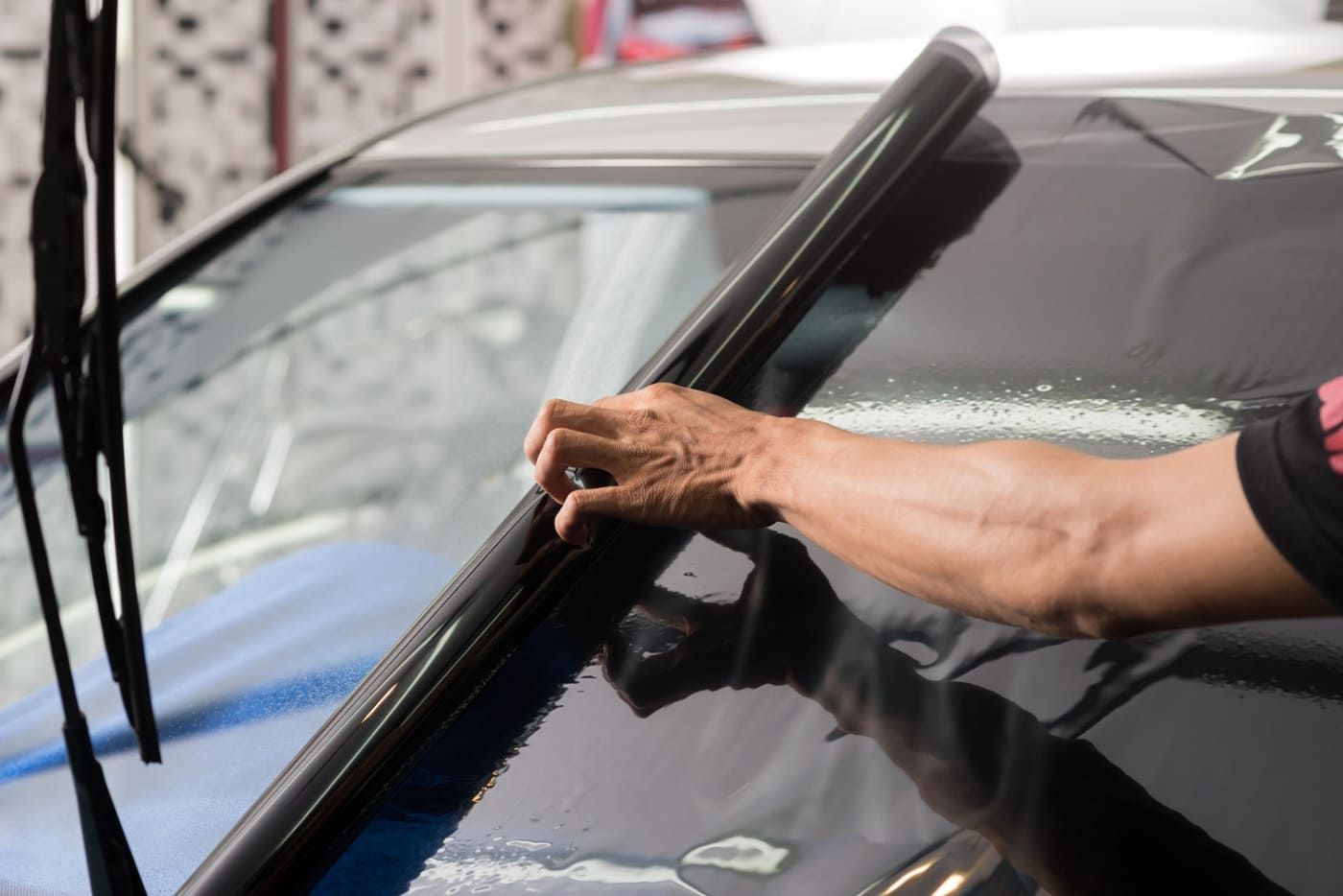
Tennessee Auto Window Tinting Laws
Tennessee does allow windshield tinting at any level, as long as it is above the manufacturer's AS-1 line. For front-side, back-side, and rear windows, a 35 percent VLT is permissible. In terms of reflectivity, Tennessee does not allow any type of metallic or mirrored tinting, anywhere on the vehicle.
Tennessee window tint rules do not include any added regulations regarding tint color or dual-side mirrors. That means that you can select a red, amber, yellow, or traditional gray tint for any window on your vehicle.
Find Auto Window Tinting in Columbia, TN
Now that you understand window tint laws and regulations in Tennessee, you can know what parameters to expect from a professional installation. A licensed installer will be fully versed in state restrictions. They will help you know how to choose a window tint percentage that suits your driving needs and lifestyle, but that is within the bounds of the law.
If you are looking for "ceramic coating near me," consider Wells Paint Protection and Window Film. Wells Paint Protection and Window Film are an authorized installer of Llumar Window Tint-the best auto window tinting Columbia, TN, has to offer. Reach out to us to learn more or to schedule service.


